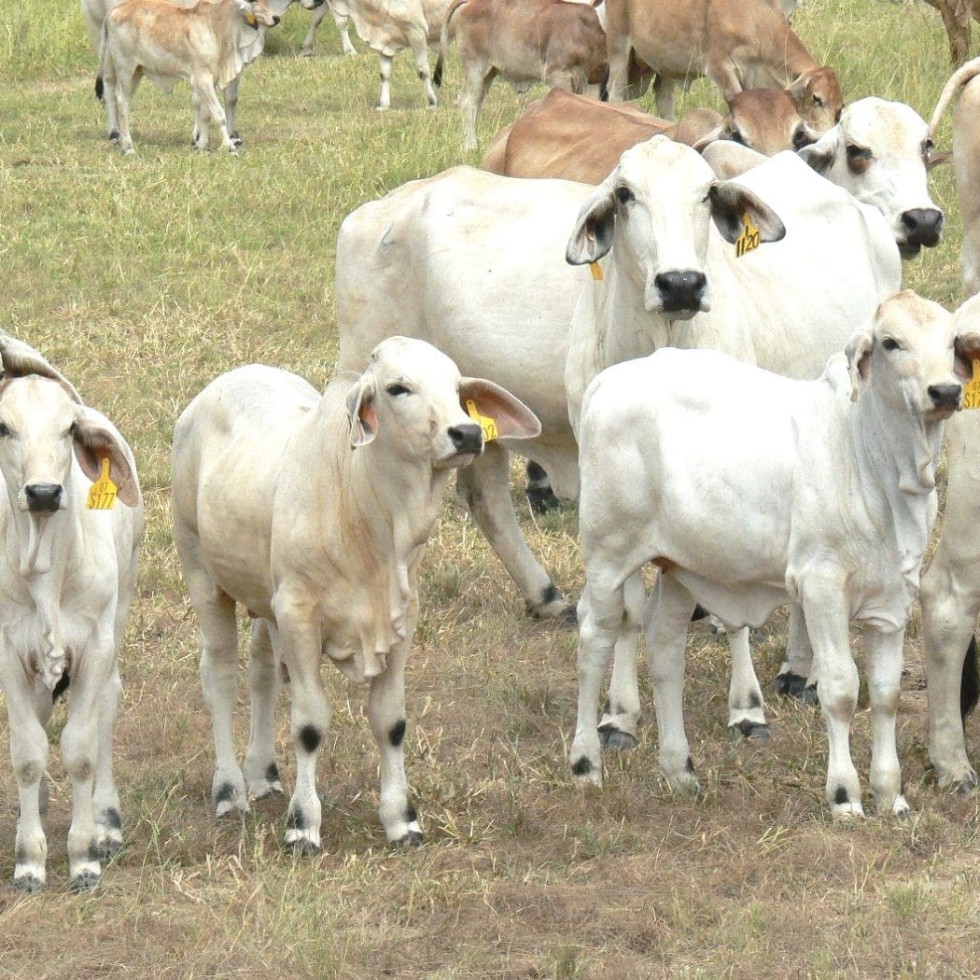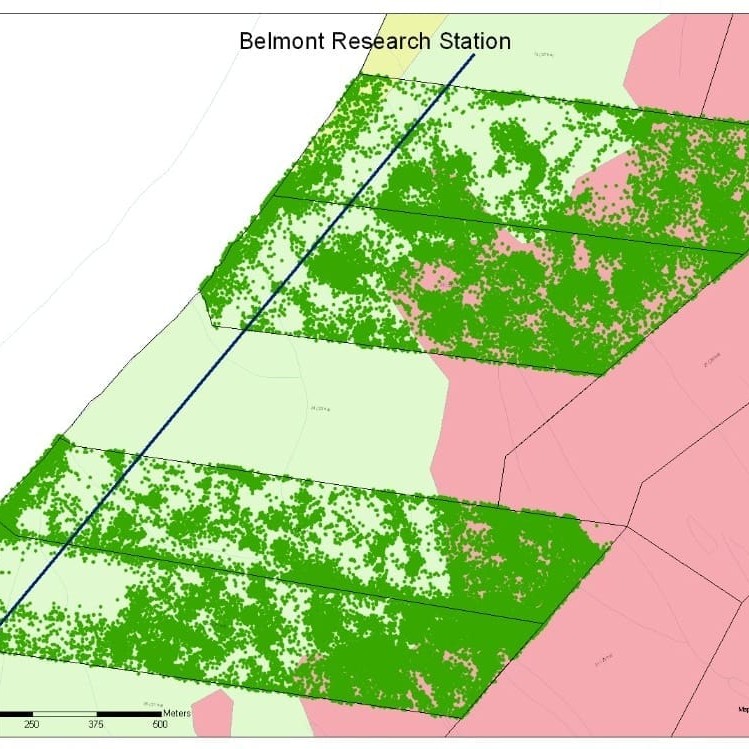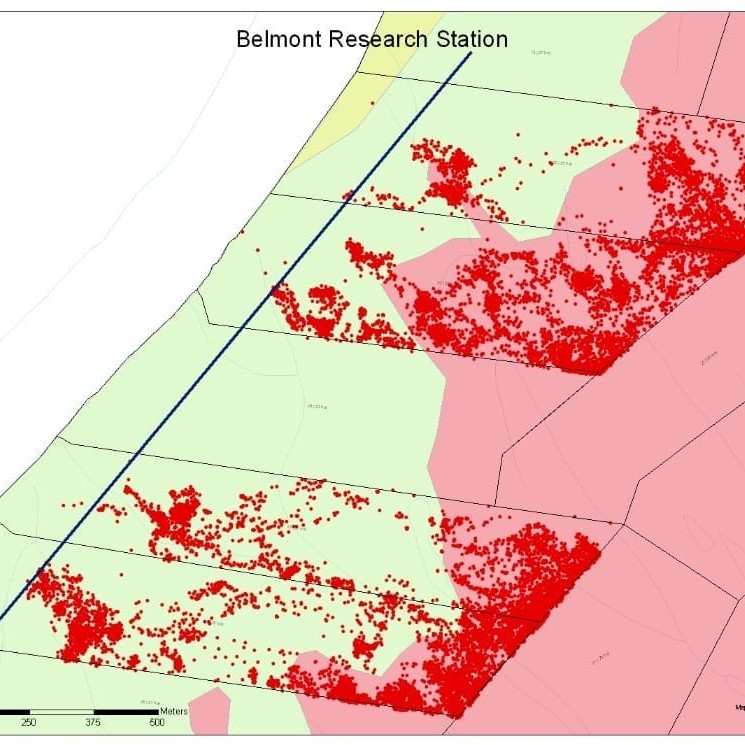 With the cost of raw materials needed to build a basic three-strand barbed wire and steel post fence now topping $1500/km, it's little wonder that animal location control alternatives using electronic technologies are being explored more vigorously.
With the cost of raw materials needed to build a basic three-strand barbed wire and steel post fence now topping $1500/km, it's little wonder that animal location control alternatives using electronic technologies are being explored more vigorously.
Delivering a presentation on some of the possibilities in this area at a recent Society for Engineering in Agriculture conference was CSIRO Livestock Industries research scientist, Dr Greg Bishop-Hurley.
His presentation focussed on the use of automated animal control devices for land and pasture management.
“Research is showing that automated animal control offers an alternative to conventional fencing in applications like management of riparian and other environmentally sensitive areas,” Dr Bishop-Hurley said.
“Potentially, it also allows the cattle producer to better match feed supply and feed demand in paddock situations.”
How does the technology work?
CSIRO has developed automated animal control collars for cattle, operating on a ‘cue and control’ delivery principal. The collars include a GPS positioning device, allowing researchers to accurately determine each animal’s location in a paddock. The collars also provide a stimulus when animals approach, or venture into a designated exclusion area.
The ‘cue’ is in the form of an audio signal which lasts for three seconds when the animal approaches the area from which the operator wants to exclude them. If they do not respond to that audio cue, a mild electric shock is delivered as a ‘control’.
The electric charge is considerably less than that delivered from any conventional electric fence used widely for stock management. Research has shown that animals quickly learn to obey the audio cue after only two to three prompts with the shock control.
That response mirrors the habits of animals exposed to electric fences, which rarely venture within shock-range after experiencing the electrical discharge once or twice in earlier life.
Animal welfare experts were consulted during the equipment’s development phase. Monitoring of animals exposed to the mild electric shock showed no sign of elevated heartbeat, or visual cues of stress.
“We did detect heartbeat changes in animals when they got a fright, such as when a bird flew from the grass in front of them, but not from the cues or controls delivered from the collars,” Dr Bishop-Hurley said. “But certainly further community consultation would be required before commercial versions of the technology were released.”
Belmont riparian grazing trial

 One recent grazing experiment looked at prospects to use the collars to reduce the time animals spent in a riparian area along the Fitzroy River on Belmont Research Station in Central Queensland.
One recent grazing experiment looked at prospects to use the collars to reduce the time animals spent in a riparian area along the Fitzroy River on Belmont Research Station in Central Queensland.
The experiment involved 40 naive Brahman steers bought from the saleyards, placed into four 24ha paddocks each with 250m of river frontage.
Background data using the GPS positioning devices was collected on the animals movements for a couple of weeks before the collar cue/control systems were activated. As indicated by the blue line in the accompanying before/after maps of the four paddocks, a ‘virtual’ boundary was established in an attempt to keep the stock away from the riparian area. Off-stream watering points were available in each paddock.
Each animal’s distribution over a week-long cycle is plotted frequently with a green dot (before collars were activated) and red dot (after activation).
Once activated, the collars were operated for 25 days. As illustrated graphically in the maps (larger versions available at bottom of page), time spent in the riparian area during the initial monitoring period was 6 percent, reducing dramatically to 0.01pc after the control collars were activated. Other analysis showed a hundred-fold decrease in the amount of time spent in the riparian area (representing 16pc of total paddock size) after the control was turned-on.
While the ‘after’ map shows the odd incursion still occurring into the exclusion zone, it is clear that the control period did also produce a much different grazing pattern in the paddock.
“While the amount of time the animals spent in the exclusion zone under the influence of the collars was considerably less, it was not zero,” Dr Bishop-Hurley said.
“So in its current form, such a system may not be suitable for boundary fence applications, but it appears to have real potential for manipulating where animals are located to match feed supply and demand,” he said.
What are the limitations?
One of the major limitations identified by CSIRO research work so far is battery life necessary to run both the GPS locator, and the audio and electric shock cue and control signals given when an animal nears the virtual fence-line.
To overcome some of these longevity issues, work is focussing on cycling the GPS reporting process so that the system ‘goes to sleep’ when animals are more distant from the virtual fence line.
“When we first started working on control systems, the maximum amount of control that could be achieved was 2-3 hours, due to battery life,” Dr Bishop-Hurley said.
“We then went to field deployment where control could be exerted for 2-3 days, and on to today, where control for 3-4 weeks is possible,” he said.
“However it should be stressed that the equipment we’ve been using is not built-for-purpose, but is really only prototype research equipment not suitable for long-term use.”
“In the current version, GPS positioning still uses quite a lot of power, so we are looking at alternatives to GPS to establish the position of each animal, or alternatively, to tell us when the animal is near the ‘virtual’ fence-line, or when the GPS needs to ‘wake-up’.”
Some research has also started on solar power and kinetic energy-harvesting systems, but with the current levels of power consumption, that is not yet practical as a power source. But it was getting better ‘all the time.’
More recent work being undertaken by a PhD student was looking at whether ‘leaders’ could be identified within a mob of cattle, which could be fitted with the collars, without the need to collar all their cohorts. The responses to that so far have been fairly complex, and probably provided a lot more questions than answers, Dr Bishop-Hurley said.
Most recently, researchers have created new hardware and software for use at the Lansdown research facility near Townsville, but the cyclone earlier this year had delayed the original set of experiments.
As an alternative, scientists had set-up a ‘virtual-fencing’ rotational grazing trial using the recently-upgraded hardware and software.
“In this particularly example, we did not get the results we expected, but that is not that unusual when dealing with this type of technology and a harsh environment – it does not always go as expected,” Dr Bishop-Hurley said.
The rotational grazing system that researchers tried to implement relied on a central watering point and radial ‘virtual paddocks’ from that water source, but including no internal fences. The somewhat ambitious objective was to try to move animals through the grazing ‘cells’ using only the automated animal control devices.
“This application was a much more complex set of rules for the animals to try to understand, than the earlier work which simply restricted their access to the riparian area along the river,” Dr Bishop-Hurley said.
“But while a lot more work needs to be done in more complex applications like rotational grazing in order to understand how the technology might apply, there are potentially a number of other simpler applications where a reasonably good job could be achieved with the systems currently developed.”
Asked about where the future applications for automated animal control might lie, Dr Bishop Hurley said if producers knew where their best feed reserves were, using satellite imagery for example, automated animal control could be used to move cattle to where the feed was located, and once finished, move them away again.
“Because of that, feed utilisation rates would be higher, and potential for pasture degradation lower,” he said.
